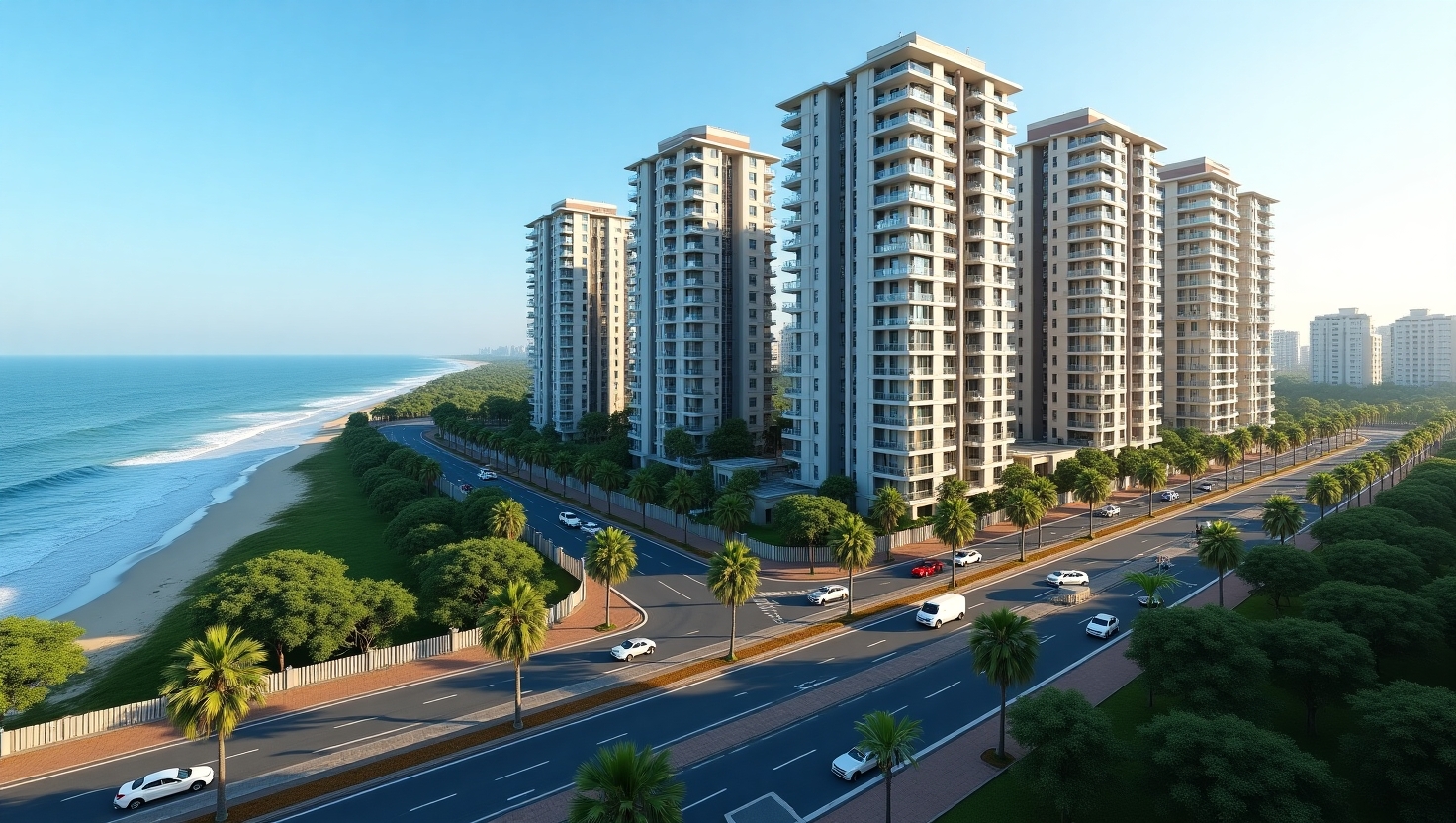How Metro, Highways, Airports, and Public Amenities Create Prime Investment Hubs

June 23, 2025
In the world of real estate, location is king. But what transforms an ordinary location into a prime investment hub? The answer often lies in infrastructure—specifically, metros, highways, well-maintained roads, airports, and public amenities. Whether you're an investor, developer, or homebuyer, understanding how these elements impact real estate value can help you make smarter investment decisions.
Let’s break it down.
1. Metro Connectivity: The Game Changer
A well-connected metro system isn’t just a mode of transport—it’s a real estate booster. Cities like Dubai, Singapore, and New York have shown that properties near metro stations attract higher demand and rental yields.
- Faster Commutes: People prefer living and working near metro corridors
- Higher Property Appreciation: Homes near metro lines often see 15-30% higher price growth than other areas.
- More Business Opportunities: Office spaces and retail hubs thrive near metro stations due to easy accessibility.
2. Highways & Road Quality: The Lifelines of Growth
A region with wide highways, expressways, and well-maintained roads becomes a magnet for development. Examples like the Delhi-Mumbai Expressway and the Los Angeles freeway system show how road networks shape real estate markets.
- Better road connectivity reduces travel time, making suburban investments more attractive.
- Logistics and industries flourish, leading to job creation and housing demand.
- Premium townships and commercial hubs spring up along major highways.
3. Airports: The Global Investment Catalyst
An airport is more than just a travel hub; it’s a powerful economic engine. Cities with major international airports (think Dubai, London, and Singapore) see massive real estate appreciation.
- Increased global connectivity attracts multinational companies and investors.
- Hospitality and commercial real estate boom around airports.
- Luxury housing demand surges,especially for business travellers and expatriates.
4. Public Amenities: The Quality of Life Factor
Beyond transport, schools, hospitals, parks, and entertainment hubs make a location desirable. Mixed-use developments combining residential, retail, and recreational spaces drive real estate growth.
- Top schools & hospitals attract families, boosting housing demand
- Retail malls and entertainment hubs enhance walkability and lifestyle appeal.
- Green spaces and smart city infrastructure increase liveability scores, leading to sustained property appreciation.
Why This Matters for Investors?
For real estate investors, understanding these factors is critical to making profitable decisions. Areas undergoing infrastructure upgrades often deliver higher ROI. Investing early in such locations can lead to exponential gains in the long run.
Pro tip: Look for regions where metro expansions, new highways, or airport projects are in the pipeline. These are tomorrow’s prime real estate hotspots.
Final Thoughts
In real estate, infrastructure is the backbone of growth. Metro networks, highways, quality roads, airports, and public amenities don’t just improve connectivity—they create thriving investment destinations.
If you’re eyeing your next big real estate move, follow the infrastructure!
